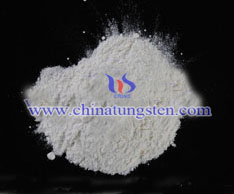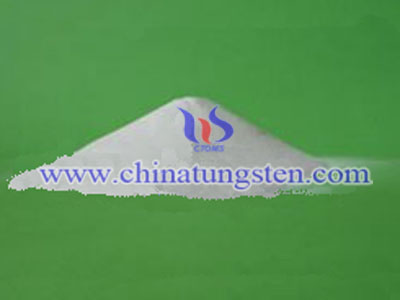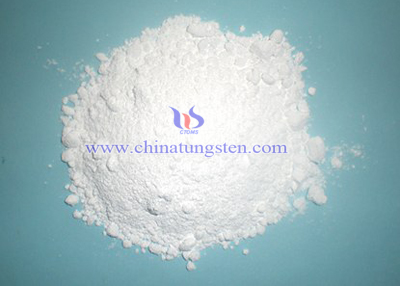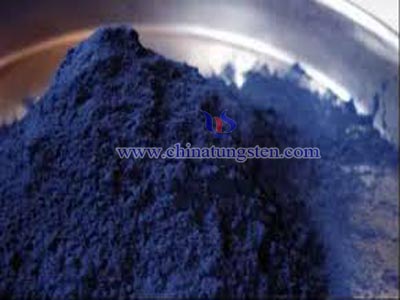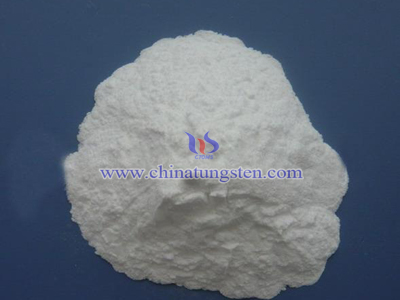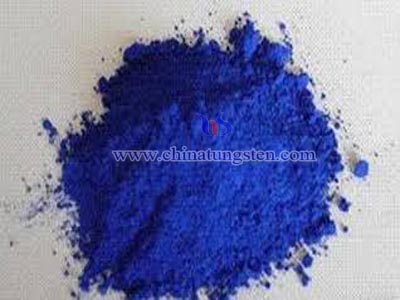Tungstic Acid Chemical Property
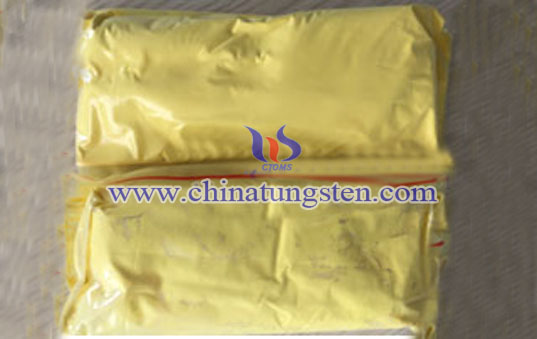
Chemical property of tungstic acid is the property which is shown through chemical change, as following:
Thermal stability: Stable under normal temperature and pressure, when it is heated to 100°C~110°C, tungstic acid will lose molecule of complex water and converted to yellow tungsten oxide;
Flammablity: Non-combustible;
Stability: Stable in water and inorganic acid, but comes out a reaction quickly once it touches hydrofluoric acid, soluble in alkali solution;
Photosensitivity: White tungsten acid has slightly light sensitivity, and easy to be restored.
Chemical reaction:
1. White tungsten acid will react with strong acid (But for hydrofluoric acid) to generate yellow tungstic acid which is insoluble in water;
2. The tungsten acid reacts with phosphoric acid or phosphate to generate phosphorus tungsten heteropoly acid complex;
3. Tungsten acid reacts with tartaric acid, citric acid, oxalic acid and organic acid to generate organic acid complex.
A chemical property is any of a material's properties that becomes evident during, or after, a chemical reaction; that is, any quality that can be established only by changing a substance's chemical identity. Simply speaking, chemical properties cannot be determined just by viewing or touching the substance; the substance's internal structure must be affected greatly for its chemical properties to be investigated. When a substance goes under a chemical reaction, the properties will change drastically, resulting in chemical change. However, a catalytic property would also be a chemical property.
Chemical properties can be used for building chemical classifications. They can also be useful to identify an unknown substance or to separate or purify it from other substances. Materials science will normally consider the chemical properties of a substance to guide its applications.
.

